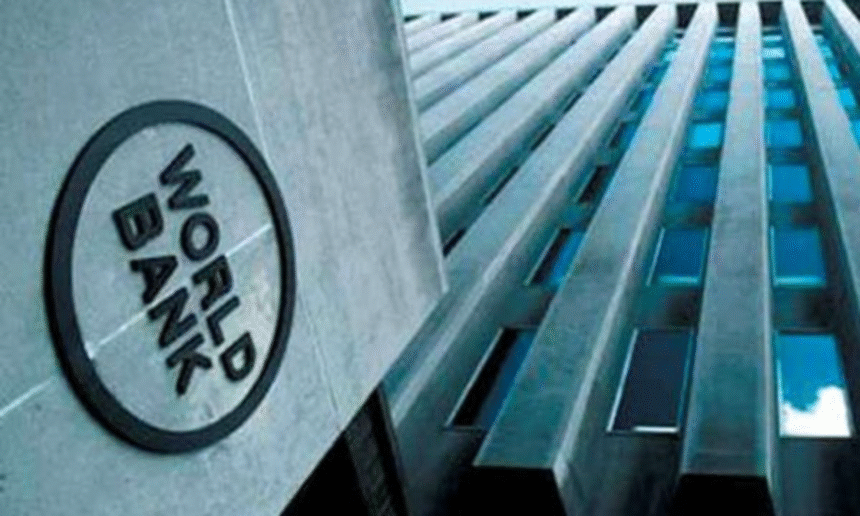The World Bank has projected a decline in economic growth for the Western Balkans, from 3.6% in 2024 to 3% in 2025. According to the report, Kosovo is expected to experience the sharpest slowdown, though it will still remain slightly above the regional average.
“After growing by 4.4% in 2024, Kosovo’s economy slowed to 3.6% in the first quarter of 2025, as household consumption eased and external demand weakened. Private consumption grew by 4.3%, remaining the main driver of growth, albeit at a slower pace than last year,” the World Bank report on Kosovo stated.
Real wages increased by 10.3% in 2024, supported by a higher minimum wage, but formal employment grew modestly, averaging 1.4% in the first half of 2025. Investment also strengthened, with gross capital formation up by 13.6%, driving activity in construction and manufacturing, while the financial services sector expanded alongside rising demand.
The report notes that strong domestic demand also fueled a 14.5% increase in imports during the first five months of the year, surpassing a 12% rise in exports and widening the current account deficit.
Remittances and Foreign Direct Investment (FDI) provided only limited support, increasing by 3.5% and 3.6%, respectively, by May 2025.
According to the World Bank, higher domestic demand — including government consumption — along with rising prices for food, beverages, electricity, and services, contributed to higher inflation in the first half of 2025.
“Consumer inflation reached 4.3% in July 2025, bringing the January–July average to 3%. Core inflation also increased steadily, averaging 1.5% by July 2025. Fiscal and financial sector risks remain contained, ensuring a stable backdrop for the economy despite the growth slowdown. The fiscal position continues to be supported by strong tax revenue growth,” the report said.
However, the World Bank cautioned that prolonged delays in forming a new government could negatively affect investment and slow structural reforms.
Kosovo continues to have the lowest debt-to-GDP ratio in the region, at 17.1%.
“Total public and publicly guaranteed (PPG) debt is expected to decline slightly for the region overall, to 44.4% of GDP by the end of 2025, down from 45.0% in 2024. Bosnia and Herzegovina accounts for much of the improvement due to a narrowing fiscal deficit. Albania and Serbia follow with declines of 0.8 and 0.7 percentage points, respectively, while North Macedonia records an increase of 0.5 percentage points due to higher direct public debt. In terms of levels, North Macedonia and Montenegro are expected to maintain the highest PPG debt ratios — 62.9% and 60.6%, respectively — followed by Albania (53.4%), Serbia (46.8%), Bosnia and Herzegovina (25.7%), and Kosovo with the lowest at 17.1%,” the report concludes.







